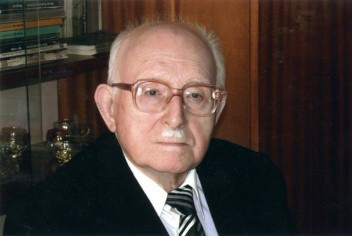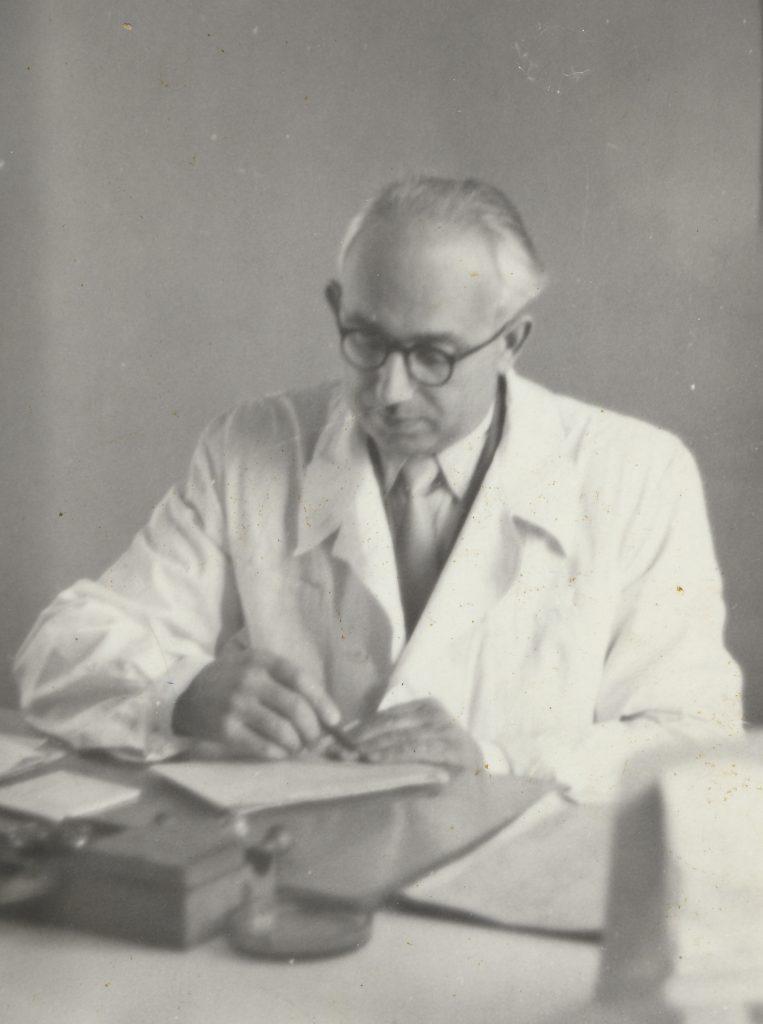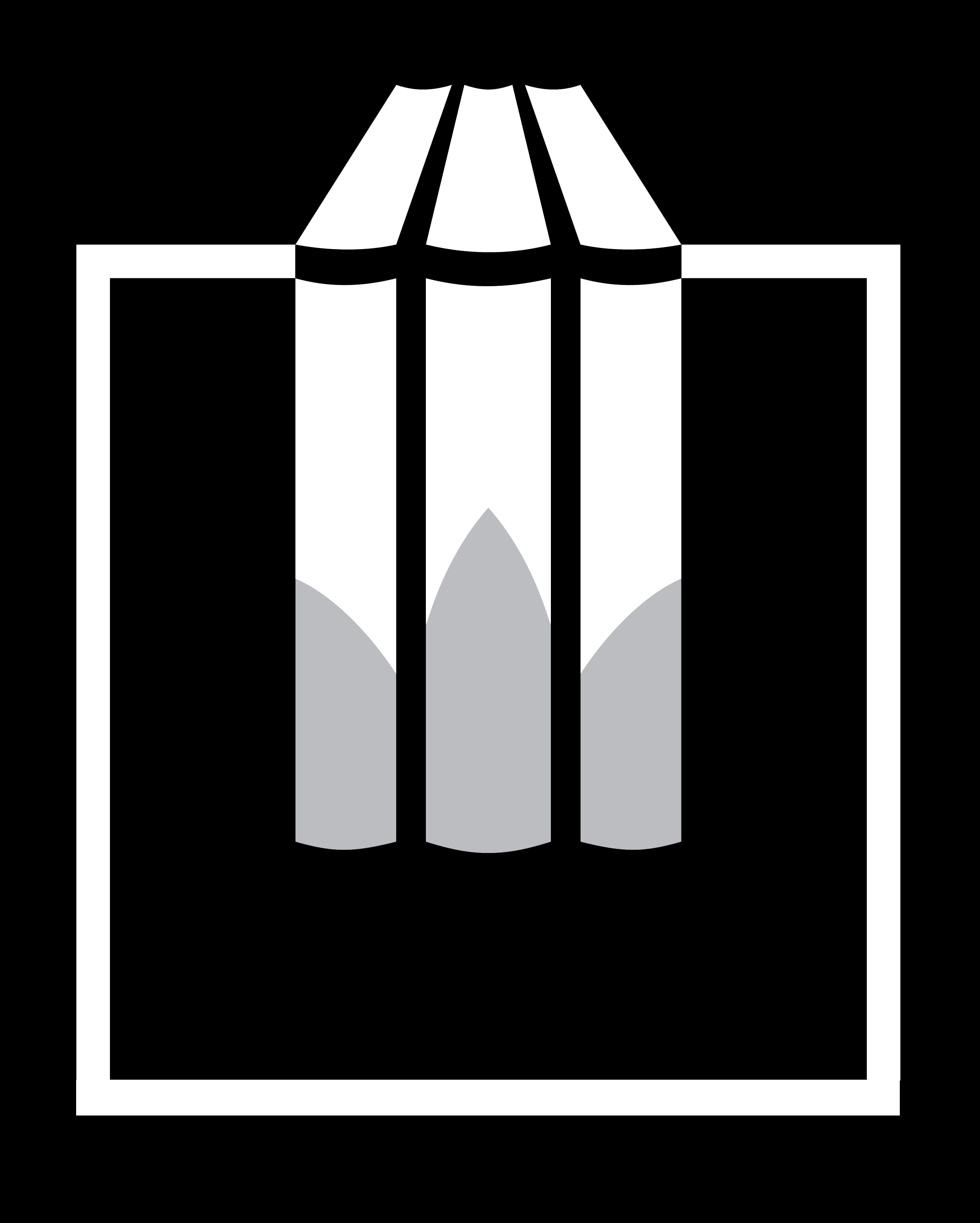Waliszewski Stanisław (1912–2011)
Krzysztof Pilarczyk ![]()
Jagiellonian University in Krakow, Poland
Polish physician, expert in human anatomy and surgeon (at the age of 36 he obtained his doctorate in medical sciences), syndonologist combining prewar and postwar traditions. He began to develop his interest in the Turin Shroud as a young doctor with a three-year apprenticeship, at the side of →Stanisław Karwowski. His first meeting with the pioneer of Polish sindonology sank deeply into his memory and he recalled it many times in his memoirs:

It was on Passion Sunday in 1938. On my way home from church, I was almost forcibly dragged by a crowd of people into the arcade of the “Sun” cinema on Plac Wolności in Poznań. From the posters hanging up, I found out that Dr Stanisław Karwowski would be giving a lecture on the Shroud of Turin. Curious about the subject, I stood for an hour and a half, diligently listening to the professor.
(Pabis 2007)
More than 70 years after the event, Waliszewski confessed that the Shroud had become his life’s passion—as he said—born of his love for Jesus. After the war, when his master was away, he himself systematically reconstructed the documentation of this extraordinary canvas after Karwowski and completed it, co-creating the foundations of Polish sindonology. With time, he joined the group of international specialists studying the Shroud. Initially he was, as he recalls, a Shroud catechist, visiting numerous schools with his lectures, starting from his hometown Rogoźno Wielkopolskie. A breakthrough in this popularisation activity came in 1958, when he arrived in Krakow at the invitation of the eminent biblist and Orientalist Father Aleksy Klawek, also from Rogoźno Wielkopolskie. His lectures were delivered not only to the seminarians of the major seminaries (Częstochowa, Silesia and Kraków), but also to the professors of the Jagiellonian University, which met with great interest and even enthusiasm. This reassured him of the advisability of the efforts he was making marginally, as it were. Sindonology was a passion that he combined with medical professionalism. From the late 1950s onwards, his activities were no longer just local, but nationwide. He was helped by Fr A. Klawek, who published his extensive article Notes on the Shroud of Turin in 1953–1954 in the scientific theological journal “Ruch Biblijny i Liturgiczny [English: Biblical and Liturgical Movement] (he was a founding member and editor-in-chief until 1954).

Another important caesura in S. Waliszewski’s practice of sindonology was the 1970s. Cardinal Karol Wojtyła, the Metropolitan of Krakow, played an inspiring role in his life at that time. He greatly supported his efforts to participate in the International Syndonological Congress in Turin (1978), equipping him with a handwritten letter of recommendation in Italian, which opened the way for him to join the group of world researchers of the Shroud, especially since its author was soon elected Pope. Stanislaw Waliszewski seized his chance. He brought Polish sindonology into the international arena, being himself appointed as a correspondent member of the →International Syndonological Centre in Turin.
To an even greater extent, he awakened interest in the Shroud in Poland and raised a whole generation of Polish syndonologists, giving countless lectures on the Shroud and popularising knowledge about it. He left behind numerous publications, including the most important one, reprinted many times: The Shroud of Turin Today (1987, 1988, 1994), which was the first postwar Polish book on the Shroud of Turin, responding to the latest research challenges. Although Ian Wilson’s work on the Turin Shroud, translated into Polish (by Jadwiga Piątkowska), was published in 1978, the following years brought new research results, including those of the Shroud of Turin Research Project (→STURP). These pointed to three features of the image on the Shroud: three-dimensionality, (non)directionality and superficiality, which were indicative of its uniqueness. All this was reflected in the work of the Polish sindonologist. Don Piero Coero Borga, secretary of the International Centre for the Study of the Shroud of Turin, writing a cover letter to S. Waliszewski’s work, also appreciated the medical aspects of the author’s research and its personal character, which was expressed not only in the sharing of knowledge about the Shroud, but in the testimony of personal faith in the Risen One and in the traces of His Passion imprinted on His posthumous cloth. In this way, Waliszewski expressed his conviction and belief that the Shroud was the most sacred and venerable Christian relic depicting Jesus’ love for man and, for him personally, a kind of “protective shield” which ensured his longevity (he died at the age of almost a hundred). It was his desire that an extensive Scientific and Information Centre should be established in Krakow as a syndonological centre in Poland. A substitute for this was the establishment of a Syndonological Study at the Polish Theological Society, to which he also contributed.
References
Pabis M., Tego chce ode mnie Bóg, “Cuda i Łaski Boże. Miesięcznik Rodzin Katolickich” 2007, No. 4, (S. Waliszewski’s memories).
Pilarczyk K., Polska bibliografia syndonologiczna (1900-2020), [in:] idem, Studia z biblistyki, apokryfistyki, judaistyki i syndonologii, Warszawa 2020, pp. 475–504.
Pilarczyk K., Polscy syndonolodzy. Z dziejów badań Całunu Turyńskiego i ich popularyzacji, “Collectanea Theologica” 2018, Vol. 88, No. 2, pp. 25–28, https://doi.org/10.21697/ct.2018.88.2.02.
Suwart A., Całun mojego życia, [on-line:] https://www.przewodnik-katolicki.pl/Archiwum/2009/Przewodnik-Katolicki-31-2009/Historia/Calun-mojego-zycia – 2 I 2018.
Syndonological Bibliography
Waliszewski S., Uwagi o Całunie Turyńskim, “Ruch Biblijny i Liturgiczny” 1953, Vol. 6, No. 1–6, pp. 50–74, addenda, p. 223, https://doi.org/10.21906/rbl.2511; 1954, Vol. 7, No. 3–6, pp. 68–106, https://doi.org/10.21906/rbl.2511.
Waliszewski S., Jeszcze o Całunie z Turynu, “Tygodnik Powszechny” 1973, Vol. 27, No. 21, p. 3.
Waliszewski S., Całun z Cadouin, “Gość Niedzielny” 1977, Vol. 54, No. 25, p. 9.
Waliszewski S., Całun z Turynu. W świetle współczesnej nauki, Parts 1–2, “Gość Niedzielny” 1977, Vol. 54, No. 37, pp. 293–294; No. 38, pp. 309–310.
Waliszewski S., Medycyna o śmierci Chrystusa, “Gość Niedzielny” 1978, Vol. 55, No. 12, p. 4.
Waliszewski S., II Międzynarodowy Kongres w Turynie. Całun w świetle nauki, “Gość Niedzielny” 1979, Vol. 56, No. 1, p. 7; No. 2, p. 5.
Waliszewski S., Oddziaływanie Całunu Turyńskiego na wczesnochrześcijańską ikonografię, “W Drodze” 1983, Vol. 11, No. 4, p. 38–48.
Waliszewski S., Całun Turyński oczami lekarza, “Ruch Biblijny i Liturgiczny” 1984, Vol. 37, No. 5, pp. 432–447; No. 6, pp. 524–540, https://doi.org/10.21906/rbl.1359.
Waliszewski S., Nowe stwierdzenia w sprawie Całunu Turyńskiego. Sprawozdanie ze Zjazdu Syndonologicznego w Trani 1984, “Ruch Biblijny i Liturgiczny” 1985, Vol. 38, No. 6, pp. 409–416, https://doi.org/10.21906/rbl.1464.
Waliszewski S., Całun Turyński dzisiaj, Kraków 1987, 172, [40] pages, tabl., fig., il. (also: 2nd ed., 1988; 3rd ed., extend. 1994, 214 pp.).
Waliszewski S., Całun Turyński w naszych oczach i oczach naszych dziadków, “Przewodnik Katolicki” 1987, Vol. 93, No. 17, p. 6, with illustrations.
Waliszewski S., Il Dottor Stanislao Karwowski araldo della Sindonologia Polacca, “Collegamento pro Sindone” [Roma] 1988 (agosto), No. 6, pp. 49–50.
Waliszewski S. (with W. Fenrych), Spór o Całun Turyński, “W Drodze” 1989, Vol. 16, No. 3, pp. 85–91.
Waliszewski S., Całun z Turynu, Parts 1–6, “Kurier Rogoziński” 1993–1994; Part 1: Całun Turyński nie jest tworem średniowiecza, jest autentycznie ewangeliczny, No. 7, p. 7; Part 2: No. 8, p. 9; Part 3: No. 9, p. 14; Part 4: Refleksje, No. 10, p. 12; Parts 5–6: Uczeni wielkiej miary za autentycznością Całunu Turyńskiego, 1994, No. 3, p. 15; No. 4, p. 15.
Waliszewski S., Badacz Całunu Turyńskiego [Władysław Fenrych], “Przewodnik Katolicki” 2003, No. 35.
Source of Images
Internet, https://www.csw2020.com.pl/biogram/stanislaw-waliszewski/ (educational use)
